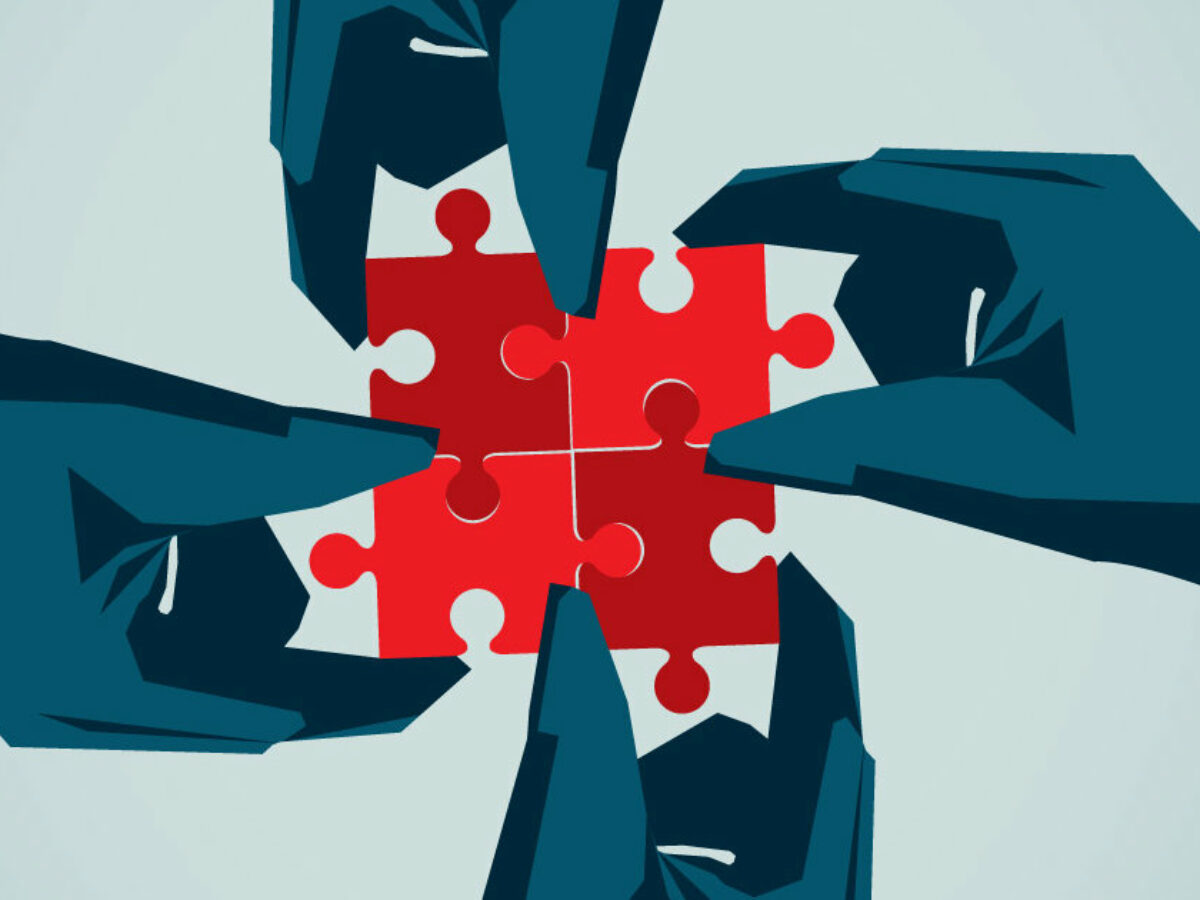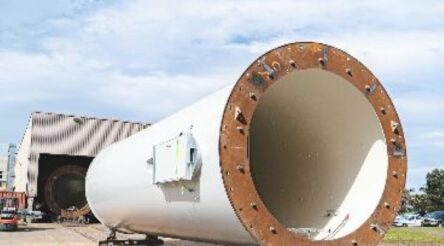Luck or leverage? How Australian manufacturers can use innovation and incentives to make local products more attractive to export markets

Australia has a proud history of creating its own luck, but luck only happens when preparation meets opportunity. By Cameron Turner.
Australia’s early response to the Global Financial Crisis shielded our economy in 2008 and now, a combination of quick action and geographic isolation – preparation and opportunity – during the COVID-19 crisis places us in a far better position than many of our global counterparts.
We have long been internationally admired for our low levels of debt, high standards of living and a consistently safe and stable environments in which to live and work. We are indeed the lucky country but if we hope to retain that title, we face a choice: to continue safely along this well-worn path or to strike out and forge a new path.
With the pandemic still disrupting global economies, two key national priorities are emerging which are poised to reinvigorate Australia’s manufacturing industry. The first is for the nation to develop sovereign capabilities for procuring essential products. The second is to secure supply relationships for products that cannot be sourced internally from trusted, stable, predictable and safe providers.
The Federal Government agrees, tipping $1.3 billion into boosting the country’s manufacturing sector. In announcing the funding injection in October, Prime Minister Scott Morrison said the strategy was about “creating a business environment where manufacturers can be more competitive, aligning resources to build scale in areas of competitive strength and securing sovereign capability in areas of national interest”.
A key goal of the strategy is to build Australia’s supply chain resilience after COVID-19 exposed Australia’s manufacturing vulnerabilities.
In the pandemic’s early days, Australia did not have the capability to quickly produce large amounts of vital items such as personal protective equipment. It also sparked the global epiphany that the entire world was over-reliant on one large, powerful supplier.
The Budget boost and clear government priorities, combined with the recent pandemic and ongoing geopolitical tension between the east and west, presents Australia with an opportunity for innovation and impact.
Local manufacturers are in the box seat to exploit and capitalise on the situation with Australian-made value-added products. While many would argue the Government shouldn’t play favourites among the manufacturing sector, it simply can’t afford to “have a go” at everything.
This is why the Prime Minister listed six priority areas to help Australia secure its sovereign capability and exploit export opportunities:
- resources technology and critical minerals processing
- food and beverage
- medical products
- recycling and clean energy
- defence
- space
The key to making this billion-dollar gamble pay dividends is to stay focused and targeted, leveraging Australia’s natural competitive advantages and partnerships. Governments around the world constantly try and always fail when they try to replicate the US’s successful Silicon Valley model.
We need to accept that Australia is never going to have a thriving IT or Fintech industry, we just don’t have the sustainable competitive advantage. To succeed in this decade of disruption, Australia needs to double-down on its strengths and aptitudes such as health and medical research, minerals processing and food and beverage production.
This isn’t to argue in favour of the status quo. Success in this endeavour relies on courage, preparation and an innovative approach to undertaking a huge paradigm shift. Australia can’t hope to grow its prosperity and resilience if it keeps doing what its always done but expecting different results.
What’s great about this moment in history is our unique opportunity to launch a new vision of “Made in Australia”.
Government, universities and industry need to collaborate to unlock value from intellectual capital (ideas), financial capital (growth) and human capital (execution) in order to innovate with effectiveness and international impact.
The global community is facing a rising tide of complex, asymmetric and rapidly evolving problems. Life expectancy is declining, the planet is warming, the sea is rising and we have no clear solution for feeding 10 billion people in the face of diminishing water supplies, less arable land and flat-lining agricultural productivity. Universities are where the brightest minds of our society can develop new, novel and unique solutions, many of which may hold the answers to the problems we face.
While many new breakthrough solutions emanate from universities, Australia and the world needs this sector to do better. Universities and research agencies like the CSIRO, spend close to $10 Billion annually on research and the Federal Government is rightly asking for more tangible impacts outside of academia.
To achieve economic transformation and success, a modern agile university must respond with clarity of purpose, discipline of execution and consistency of delivery.
When looking at the challenges and opportunities facing Australia’s manufacturing sector, researchers should burst their academic bubble and collaborate with industry experts and organisations with first-hand experience and intrinsic knowledge of the problems they are trying to solve.
Universities that partner with the manufacturing industry are in the best position to build innovative solutions, leverage relationships with key stakeholders then execute these solutions with sustainable and scalable business models.
If Australia follows this path, it will not only secure the future of its manufacturing sector and build supply chain resilience locally, but establish itself as a significant global player too.
Picture: sloanreview.mit.edu
Cameron Turner is Lecturer & Entrepreneur in Residence at University of Queensland School of Business. He has founded four startups commercialising world-first innovations, including the world’s most scientifically advanced probiotic drink, a world-first biological herbicide and drought-proof, brightly-coloured flowering plants.
Subscribe to our free @AuManufacturing newsletter here.
@aumanufacturing Sections
Analysis and Commentary Awards Defence Manufacturing News Podcast Technology Videos










